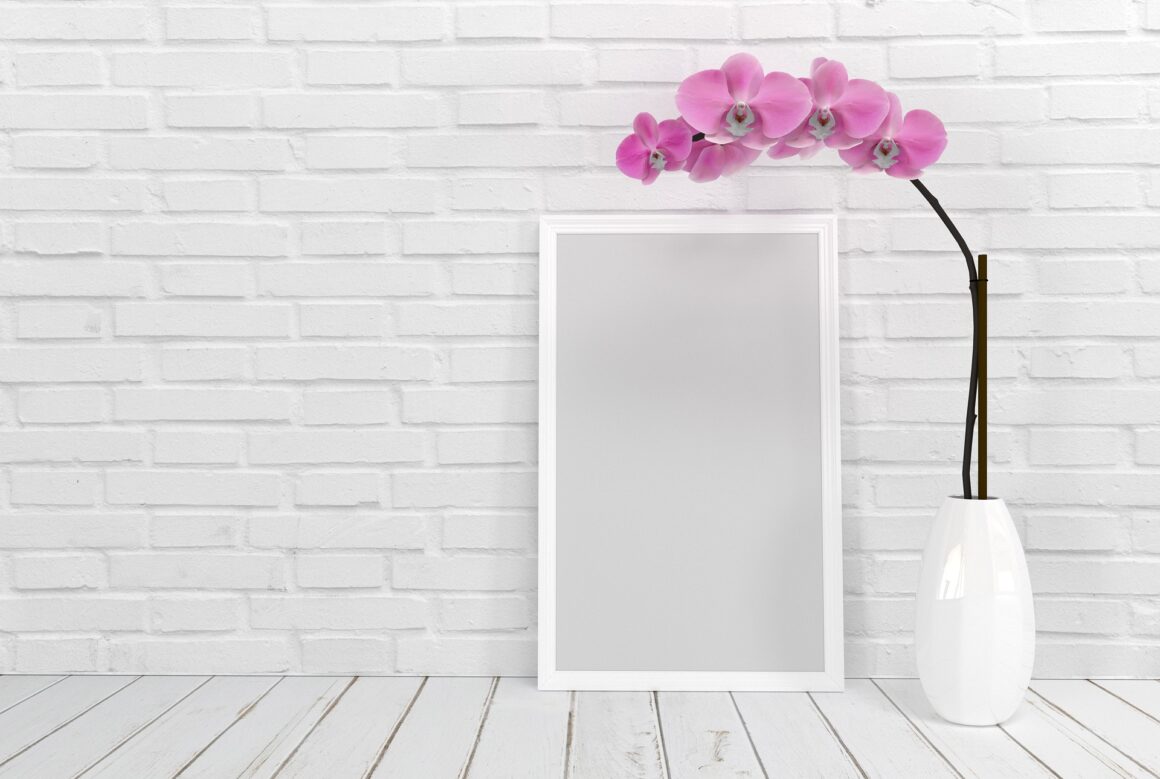
Framing the Right Picture: Recognizing & Refocusing the HSP Self
I am playing poker with my eleven-year-old son.
It’s a snow day, and since I work at a local community college, we’re both home from school. There is play money spread out on my grandmother’s table, plastic coins that clink hollowly against the wood after each snap of the cards.
My son chews gum loudly, narrates the turn of every card, stands up and sits down, his movements fueled by each bet, each shuffle. He loves playing games, he loves counting hands, he loves having my attention. And he just loves to move. And talk. And move.
No matter what the activity — even watching TV next to me on the couch — he is always doing both.
Sitting across from him after the fifteenth hand, I am drinking strong black tea and trying to stay focused on him, and on the cards. But it’s hard. I am fading into the hard-backed chair.
I love him, and because (like every working mom) I’m usually busy, I try to make time for things like this. But he’s not only much better at poker than I am, he’s better at keeping up this pace, this level of excitement.
I realize that I’ve been trying to keep up a certain pace, a certain level of engagement and focus for most of my life. But over the last few years, my ability to keep this up has faded.
While I always knew that I was intuitive, and sensitive to other people’s emotions, while I had always been creative and introspective and needed time alone to truly recharge, and while I had spent most of my adult life unraveling my tangled inner life through therapy, deep work on myself and my marriage, I kept trying to drive myself forever forward.
And my definition of “forward” was always toward more, and better.
I wanted to understand more and do more, I wanted to be better and do better, I wanted to get past every boundary I felt inside me, and through every issue I encountered.
Noble work, and a worthy goal, right?
Yes. Of course. All the books say so, don’t they? (And, believe me, I had read BOOKS.) What could be wrong with this approach?
But when I reached my 40’s I was exhausted. My thyroid quit working, my neck and back were rebelling, and my job demanded more energy than I had left.
Eventually, I ended up in the hospital for six days with an issue that was literally the result of pushing my body too hard all at once. I scared myself.
My husband and kids — the people I most wanted to be better for — were telling me to relax. Chill. Take a break. For my own good.
I don’t mean to imply that this all happened at the same time. I am forty-eight now, and all of those things happened over eight years.
And I don’t mean to imply that I spent all of those eight years careening headlong into one wall after another, unaware of what was happening. But, even after all the work I’d done, and all the understanding I had of who I was, I kept tipping out of balance.
Nothing was holding steady anymore. And the more I tried to steady things — the more I tried to “be better” at stability, and “do things” to stay there — the more the DOING wasn’t working.
Then, on a vacation with my husband, I read Elaine Aron’s book “The Highly Sensitive Person.” I read it all over the space of two days, underlining and marking more passages than I left alone.
Suddenly, all that introspection and work I had done started to come together. Suddenly, the exhaustion I felt made perfect sense.
Suddenly (and really, not so suddenly, since we come to the clearing only after a long walk on the path) I understood why I was so out of balance.
I understood why everything I was trying so hard to BE was actually missing the person I AM; I had been trying to fit the frame around the wrong picture.
My sensitivity, my intuition, my creativity, my empathy, my introspection — all of the traits that defined a “highly-sensitive person” (HSP) existed deep within me.
But they seemed to be magical and mysterious things that only made me “different,” or “special”, and not in a good way. I loved and mistrusted them at the same time.
My childhood taught me that muscling through things, navigating pain with stoicism and resolve, and marching forward into the world “out there” and figuring out how to do things like “everyone else” would make me feel better. Would make me do better. If I followed the picture drawn for me, if I conquered all that stuff, then maybe (maybe) I would be better.
And then…? Well. Then. Then…what?
By the time I read Elaine Aron’s book, I had taught myself to DO and BE like other people. I had filled in the picture with all the right colors, and sometimes I “indulged” my creativity, my sensitivity, and my intuition with yoga, with art, with spiritual practices, using whatever was left over.
There wasn’t much left over. And whenever I tried to frame my life, the picture just didn’t look right.
Like good art, a full life isn’t made by just grinding out a product and sticking a frame on it. A full life requires a full self.
So I’ve spent the last couple of years trying to paint a different picture.
The highly-sensitive self that I saw as a stain on the canvas — the magic and mystery I thought should fade into the background — needed to come into focus.
As I pick up these new tools, I’m creating a different life, a new art. I’m letting myself BE, instead of trying so hard to DO. Sharing that journey is part of the process.
When you recognized your highly-sensitive (HSP) traits, did you see them as an asset, or a liability? Did this change over time? I’d love to hear the story of your journey.





